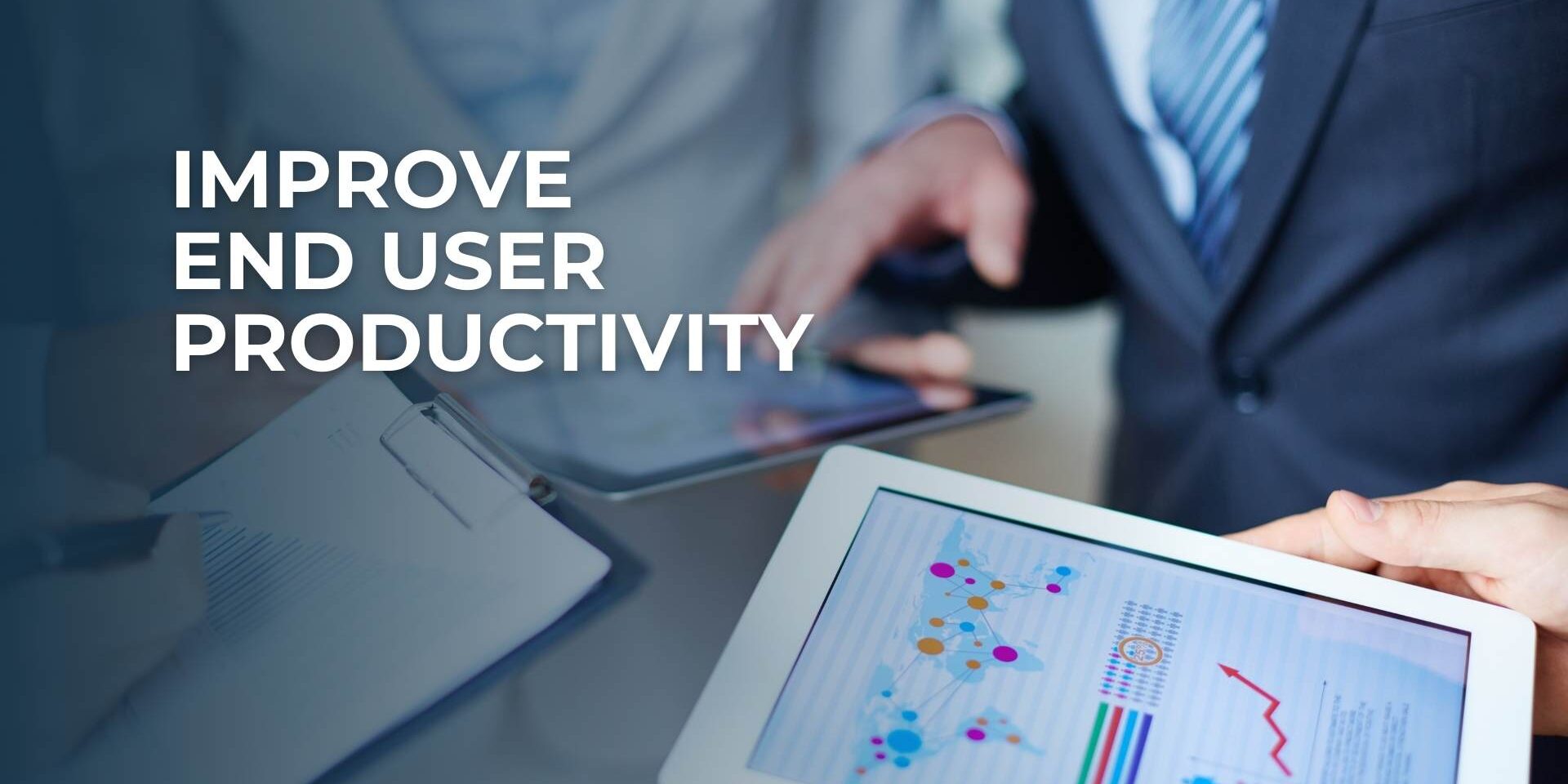
End User Productivity Tips
The reality is that your end-user experience should be a strategic priority. Why? Because your employees need consistent, reliable access to both your network and your hardware to do their job. Employees want to work without IT headaches, and it’s on you to deliver this environment for them.
The good news is that it’s pretty easy to make your end-user experience a positive one. Let’s take a look at 6 steps you can take to drastically improve your end-user productivity and employee satisfaction.
1. Support remote working
A growing number of workers want to work from home or another remote location. By supporting remote working, you’re making it easier for employees to get the job done wherever they’re located. If you’re not sure how to prepare your business for remote working, or if you’re unsure what equipment you’ll need, it’s best to ask an IT managed services provider for advice.
2. Training
You should ensure that your end-users know how to work the tools you provide them with or else productivity will slow. In other words, there’s no point in offering your end-users a new workflow platform, or a cloud-based storage solution, unless you show them how to use it. Don’t let staff become frustrated because they can’t manage the equipment you expect them to operate.
3. Streamline communication
Research shows that employees are more likely to stick with employers who prioritize communication between end-users than those who don’t. Communication makes it easier for employees to collaborate, which in turn boosts morale and improves an end user’s sense of belonging to your company.
It’s a great idea to adopt cloud-based platforms and high definition audio and video to help your end-users connect with each other.
4. Invest in reliable hardware
Downtime, particularly outages affecting your network, can cost your business a staggering $5,600 per minute. Make sure you have a sufficient network infrastructure in place to support your business needs, and always ensure that you have access to the best hardware you can afford.
The less time your end-users spend waiting on crashed systems to reboot or sluggish, patchy networks to reconnect them to your WiFi, the more productive they’ll be.
5. Intuitive self-service portals
The more user-friendly your self-service portals, the more likely it is that your end-users will make use of them. For the most common IT issues, self-service portals are a quick and easy way for end-users to troubleshoot their own problems.
Make sure your self-service portal has as few steps as possible and that the menu navigation options are clear and easy to understand. Remember, the quicker your end-user solves their IT problems, the quicker they’re back on the job.
6. Outsource your IT services
A managed IT services provider improves your end-user experience in a number of ways. Most importantly, they serve as a convenient point of contact for any end-user IT query, which means employees know exactly who to ask for help when they need it most. They can also help you access cost-effective, high-quality devices and software that make it easier for your employees to get their work done in the first place.
Conclusion
Employees are the cornerstone of your workforce. Make it easy for the best talent to work for you by improving their overall user experience.
Share the IT Brain Power
More from the BECA Blog



